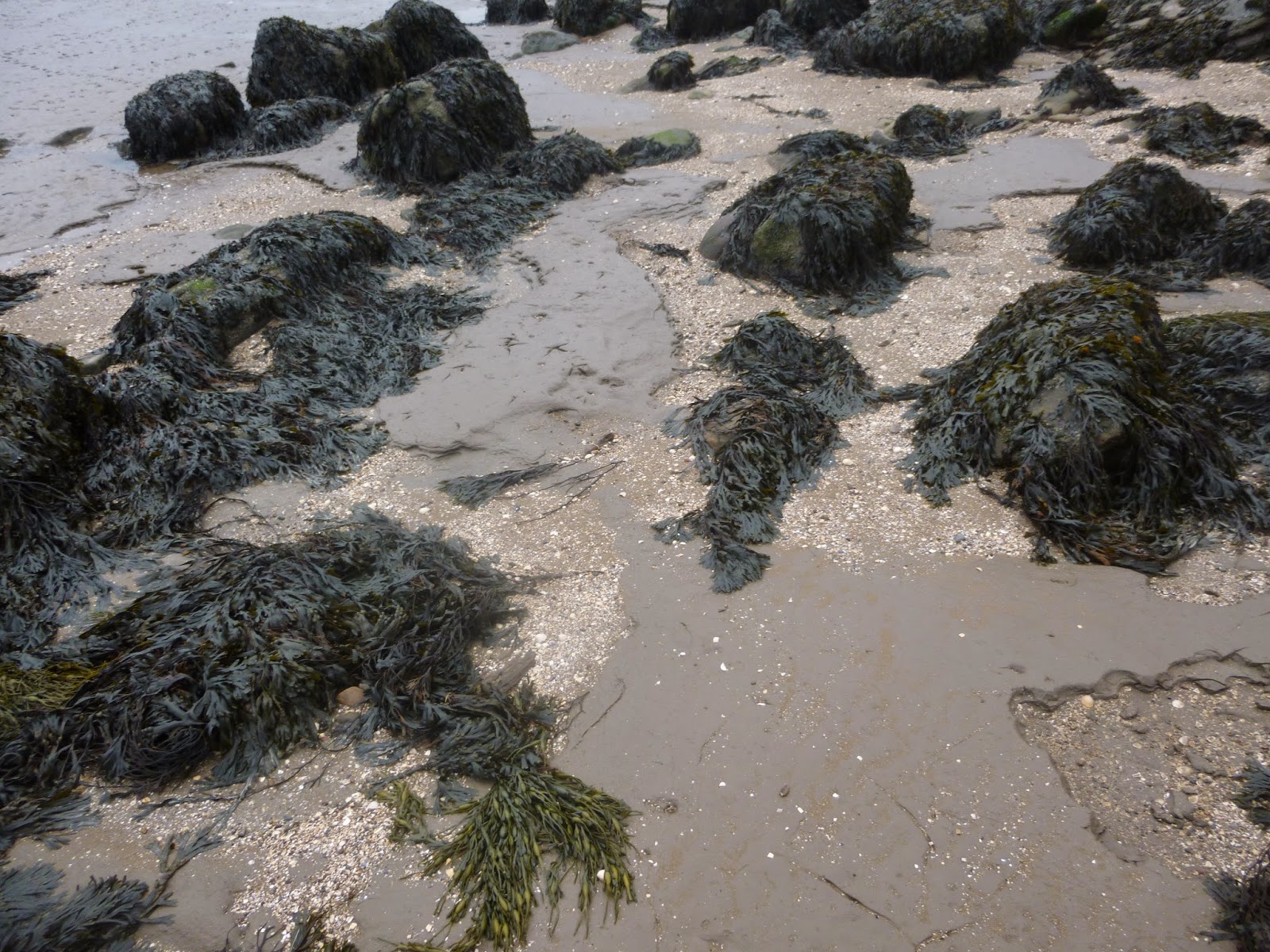It is one of my favourite walks as there is always something of interest to see and today would be no exception.
Looking one way you see the big house at Westerhall which must be one of the finest holiday homes in the country.
And looking the other way you see the Folly at the top of the hill.
We walked along the paths running adjacent to the roads and came upon this new work of art. It has been done just recently judging by the chips of wood surrounding it. It looks to have been carved from a living tree with a chainsaw.
This is a closer view with better light. The light was not very good and these photos were taken with my phone camera as I forgot my good one.
This gives you an idea of the size of the wood sculpture.
The top half of it must have beed done from a cherry picker as it is very tall. we have no idea what it is in for or if it commemorates anybody, but I have no doubt we will find out in due course. it is a magnificent work of art.
Just across from the tree sculpture is this work of art.


















































